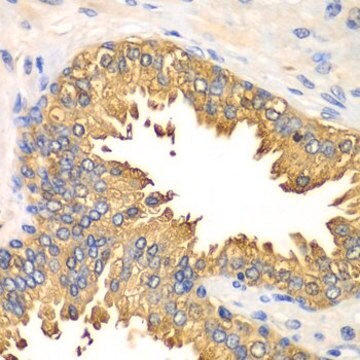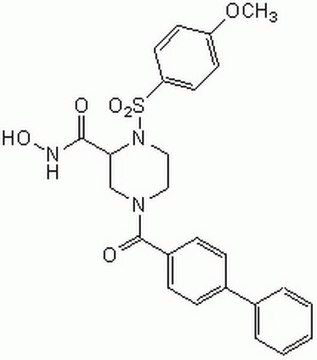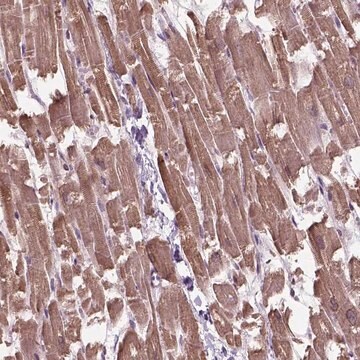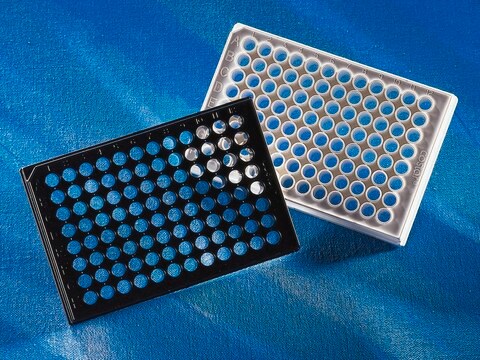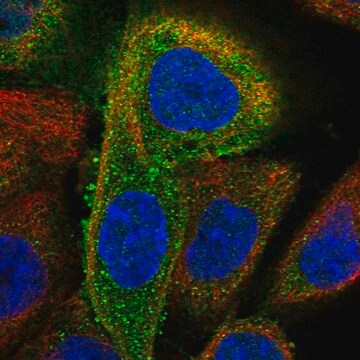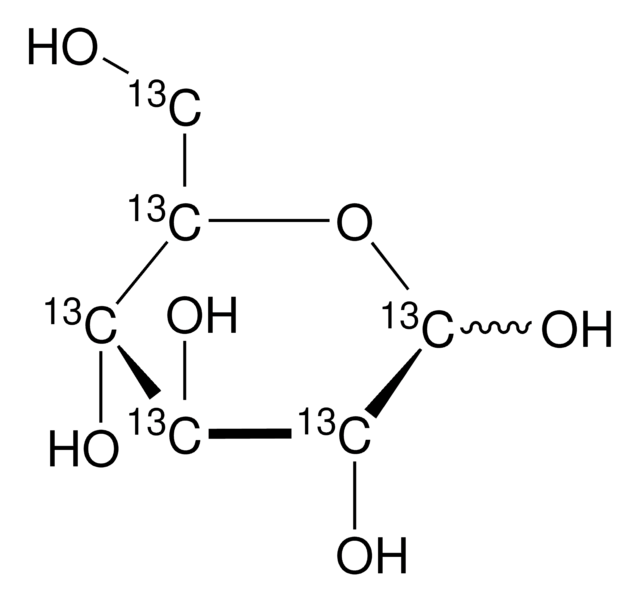MABF297
Anti-RIG-I, clone 1C3 Antibody
clone 1C3, from mouse
Synonim(y):
Probable ATP-dependent RNA helicase DDX58, DEAD box protein 58, RIG-I-like receptor 1, RLR-1, Retinoic acid-inducible gene 1 protein, RIG-1, Retinoic acid-inducible gene I protein, RIG-I
About This Item
Polecane produkty
pochodzenie biologiczne
mouse
Poziom jakości
forma przeciwciała
purified immunoglobulin
rodzaj przeciwciała
primary antibodies
klon
1C3, monoclonal
reaktywność gatunkowa
human
metody
immunocytochemistry: suitable
immunoprecipitation (IP): suitable
western blot: suitable
izotyp
IgG1λ
numer dostępu NCBI
numer dostępu UniProt
Warunki transportu
wet ice
docelowa modyfikacja potranslacyjna
unmodified
informacje o genach
human ... DDX58(23586)
Opis ogólny
Immunogen
Zastosowanie
Immunoprecipitation Analysis: A representative lot immunoprecipitated RIG-1 in A-459 lung carcinoma cell lysate (Nistal-Villan, E., et al. (2010). J. Biol. Chem. 285:20252-20261).
Immunocytochemistry Analysis: A 1:500 dilution from a representative lot detected RIG-I in HeLa cells (Courtesy of Maite Sanchez).
Inflammation & Immunology
Immunoglobulins & Immunology
Jakość
Western Blotting Analysis: 1.0 µg/mL of this antibody detected RIG-1 in 10 µg of A-549 infected with SeV cell lysate.
Opis wartości docelowych
Postać fizyczna
Przechowywanie i stabilność
Inne uwagi
Oświadczenie o zrzeczeniu się odpowiedzialności
Nie możesz znaleźć właściwego produktu?
Wypróbuj nasz Narzędzie selektora produktów.
Kod klasy składowania
12 - Non Combustible Liquids
Klasa zagrożenia wodnego (WGK)
WGK 1
Temperatura zapłonu (°F)
Not applicable
Temperatura zapłonu (°C)
Not applicable
Certyfikaty analizy (CoA)
Poszukaj Certyfikaty analizy (CoA), wpisując numer partii/serii produktów. Numery serii i partii można znaleźć na etykiecie produktu po słowach „seria” lub „partia”.
Masz już ten produkt?
Dokumenty związane z niedawno zakupionymi produktami zostały zamieszczone w Bibliotece dokumentów.
Nasz zespół naukowców ma doświadczenie we wszystkich obszarach badań, w tym w naukach przyrodniczych, materiałoznawstwie, syntezie chemicznej, chromatografii, analityce i wielu innych dziedzinach.
Skontaktuj się z zespołem ds. pomocy technicznej